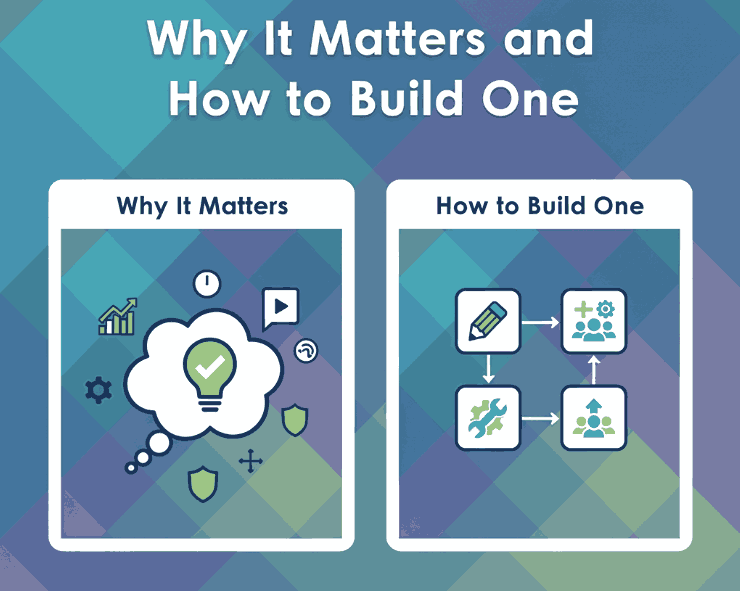Table of Contents
- Introduction
- What Is a Consistent Icon Design System?
- Why Consistency in Icons Matters
- Key Principles of a Consistent Icon Design System
- Steps to Create a Consistent Icon Design System
- Common Mistakes and How to Avoid Them
- Tools and Resources for Icon Design
- Fonts & Icons: A Unified Brand Language
- Conclusion
- References
1. Introduction
In today’s digital world, a consistent icon design system has become an essential part of effective branding. From apps to websites, icons act as the silent language of user experience. When they’re inconsistent, users feel confused. But when they’re unified, icons can elevate trust, recognition, and engagement.
As a font creator, we know the value of visual harmony. Just like typography requires alignment, proportion, and balance, icons also need consistent design rules.
2. What Is a Consistent Icon Design System?
A consistent icon design system is a set of rules, styles, and guidelines that govern how icons are created and used across a brand or product.
This includes:
- Line weight & stroke style
- Grid & spacing
- Proportions & scale
- Color palette
- Metaphors & symbolism
When these factors are consistent, users experience seamless interaction and clear communication.

3. Why Consistent icon design system in Matters
3.1 Enhances Usability
Users instantly understand and recognize symbols when they follow the same design logic.
3.2 Strengthens Branding
Icons, like fonts, carry a brand’s voice. Consistent icons make apps, websites, and presentations feel professional.
3.3 Reduces Cognitive Load
When icons follow the same pattern, users don’t need to relearn what each means—they simply flow with the interface.
According to Icons8, a consistent icon platform can dramatically improve user experience by aligning design briefs with execution.
4. Key Principles of a Consistent Icon Design System
- Simplicity: Avoid overcomplicated shapes.
- Clarity: Each icon should communicate one idea.
- Balance: Ensure proportion and symmetry across all icons.
- Scalability: Icons should look good at 16px and 256px.
- Brand Alignment: Match the icon style with typography and brand tone.
Nielsen Norman Group highlights that consistency in visual systems is crucial to UX success.
5. Steps to Create a Consistent Icon Design System
Step 1: Define a Grid
Start with a uniform grid (e.g., 24×24 pixels).
Step 2: Set Stroke Rules
Decide on stroke width (e.g., 2px) and corner style (round or sharp).
Step 3: Establish a Color Palette
Decide whether icons will be monochrome, duotone, or brand-color based.
Step 4: Document the Rules
Create a style guide that designers can follow to maintain consistency.
Step 5: Test with Real Users
Ensure your icons are understandable, accessible, and scalable.

6. Common Mistakes and How to Avoid Them
- Mixing different line weights → leads to messy visuals.
- Using multiple metaphors for the same concept → confuses users.
- Not aligning icons with typography → breaks brand harmony.
7. Tools and Resources for Consistent icon design system
- Figma & Sketch → great for building icon systems.
- Icons8 → ready-to-use consistent icons.
- Material Icons → Google’s open-source system.
Consistency tools save time and guarantee unified design output.
8. Fonts & Icons: A Unified Brand Language
Fonts and icons are both parts of a brand’s visual identity. Imagine using a luxury script font with inconsistent icons—it would ruin brand elegance.
That’s why pairing premium fonts with consistent icons is powerful. For example:
- Overcame Font – strong, bold font for impactful branding.
- Neutrons Font – futuristic font, perfect for tech products with modern icons.
- Technophile Font – digital-inspired typeface that works seamlessly with minimalist icon sets.
Together, consistent typography and icons create a cohesive brand voice.
9. Conclusion
A consistent icon design system is not just about visuals—it’s about communication, usability, and brand identity. Icons that are coherent in line, scale, and metaphor build trust and professionalism.
For designers, pairing these icons with the right fonts completes the brand experience. Whether you’re building apps, websites, or digital products, consistency in visual elements is the secret to a memorable brand.
10. References
- Nielsen Norman Group – Consistency in the Omnichannel Experience.
- Icons8 – Icon design platform for consistent visuals.
- Medium – Principles of Adobe XD.
